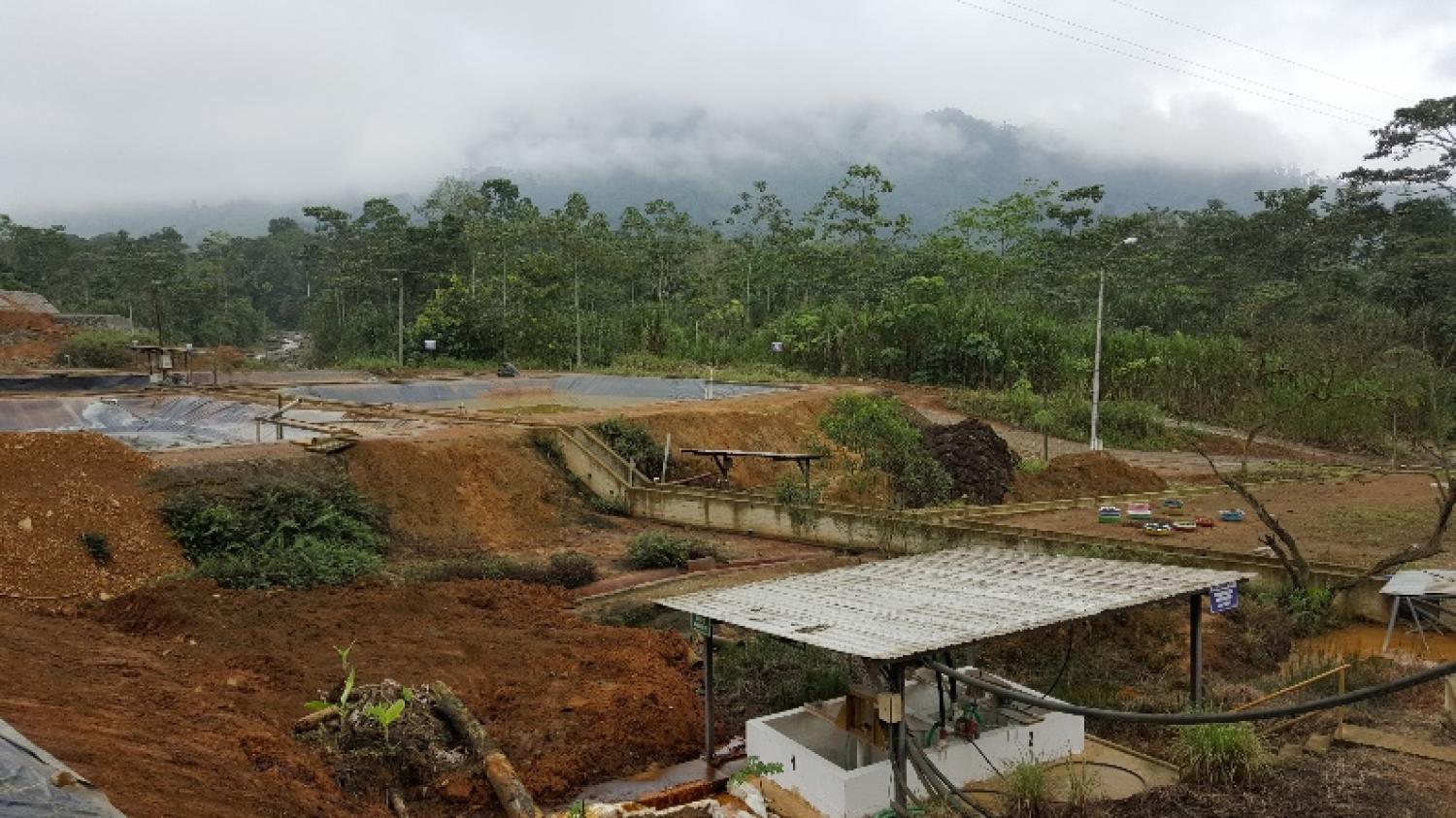Sustainable & Innovative Heavy Metal Reduction

Mining activity in developing countries like Ecuador is mostly artisanal. This type of mining is very invasive and results in a series of environmental impacts, especially on aquatic ecosystems. Mortenson Center Affiliate Faculty Dr. Paola Almeida-Guerra is currently investingating rivers in the Andean region of Ecuador which have been severely affected and degraded by mining activities. Acid Mine Drainage (AMD) is one of the biggest environmental challenges occurring in this part of the country due to direct discharge of mining residuals into water streams. Three rivers located on the southern province of Azuay and nearby the mining district of Ponce Enriquez were monitored for this study.
A total of 29 sites were sampled along these rivers during two different times of the year: dry season (December) and wet season (February). Physio-chemical parameters such as pH, temperature, Dissolved Oxygen (DO), Biochemical Oxygen Demand (BOD), Total Suspended Solids (TSS), nitrates, as well as heavy metal concentrations were measured to enable the environmental characterization of the study area.Heavy metal analysis revealed high concentrations of Al, Cd, Cu, Fe, Pb and Zn in most of the sampled sites. High concentrations of these heavy metals in water can be easily transferred to human beings through direct consumption of local fish and use of water for irrigation. Agricultural crops such as cocoa, coffee and banana have also been affected by the high concentrations of Cd in the water. The aim of the study is to find a sustainable mechanism for heavy metal reduction in water using bioremediation techniques and agricultural by-products like sugarcane bagasse.
Mine at Camilo Ponce Enriquez, Ecuador, where the sampling was performed
Dr. Paola Almeida Guerra

